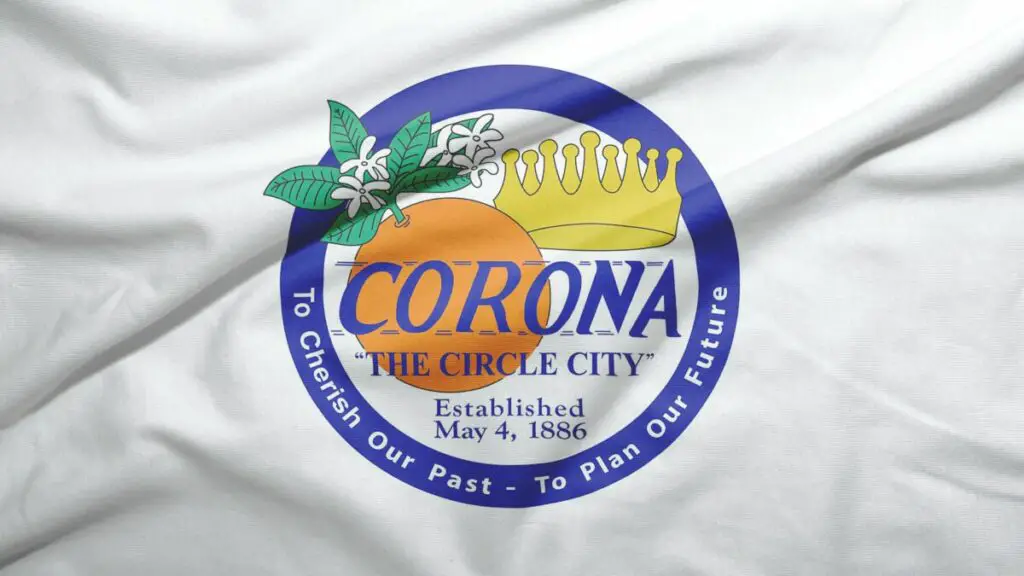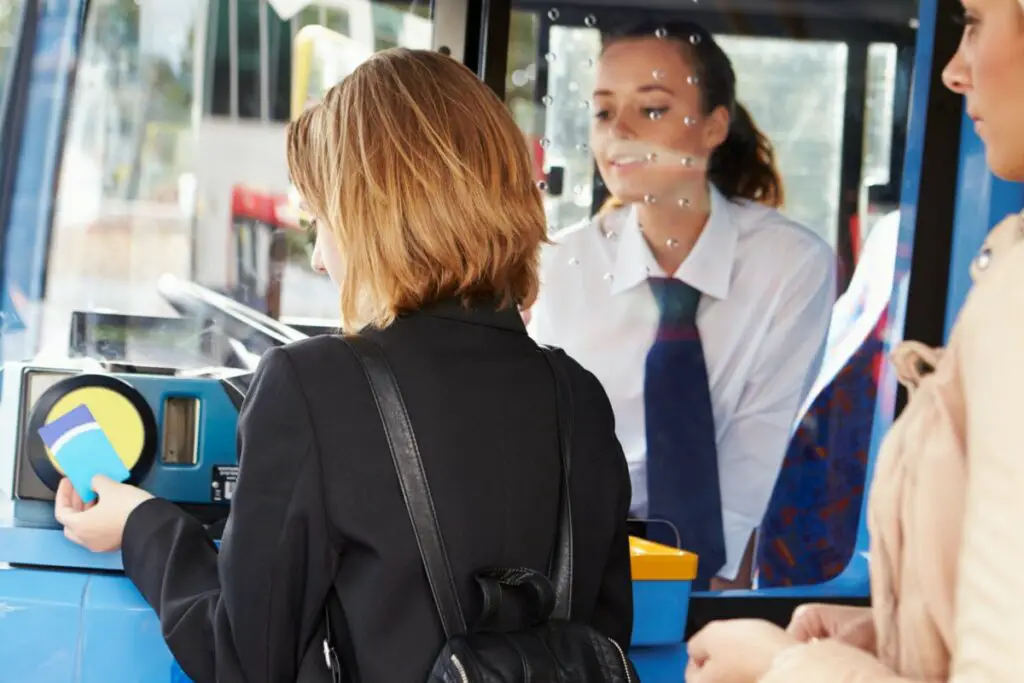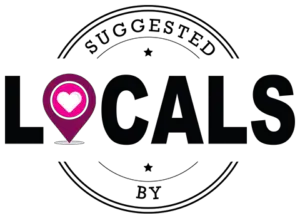
When you travel to a city, you are going to want to see as much of it as possible. Nobody wants to fly or drive somewhere only to stare at the walls of their hotel room all day. To help with that, cities have been more conscientious about providing options to the public for getting around their cities.
Corona, California has a strong public transportation network. The city has an internal bus network, as well as buses that connect it to neighboring cities. The city also has easy access to rail lines that run throughout southern California. Overall, there are a variety of ways to get around Corona.
With there being a variety of public transit options available to residents and visitors, and with more being added each year, there has never been a better time to try out public transportation. To help you out, here is some information about each of these forms, as well as popular destinations, to help you decide which public transportation system you want to utilize while in Corona, California.
How to Ride the Corona Cruiser
If you only need to get around the city of Corona you are going to need to check out the city bus lines. The city buses, or Corona Cruisers, are intended to cover a good portion of the city. Since they don’t have to cover any areas outside of the city, they are the best option for internal travel while in the city. There are two different bus lines in the city: the Red Line and the Blue Line.
Each of these bus lines covers slightly different areas within the city and has slightly different hours. Before riding either of these lines, you will need to purchase a ticket. Tickets will need to be purchased while boarding. It costs $1.50 for a single ride or $4 for a day pass. While purchasing a ticket, make sure that you have exact change. Drivers cannot offer you change if you have a larger bill. With that in mind, here is some specific information about each of the two Corona Cruiser lines.
Blue Line
The Blue Line runs through the city of Corona almost like a “V”. The line starts at the northern edge of the city before heading south along Main Street. It makes stops at the North Corona Metrolink Station before weaving through downtown Corona. It keeps following Main St down until it reaches Moutain Gate Park. Then, it turns around and starts heading back north.
Instead of following Main Street all the way up, it makes a turn onto Magnolia Avenue. It follows the avenue all the way down until it reaches Promanade Park and the nearby shopping center. Once here, it follows Magnolia back down to Main Street, and Main Street back up the north end of the city. The bus line covers two of the main roads in the city. It runs past several schools, including Auburndale and Corona Fundamental Middle Schools and Orange Grove and Lee Pollard High Schools.
Since the Blue Line is mostly geared toward getting people around the city, specifically to different schools, it has relatively limited hours of operation. During weekdays, the Blue Line begins operation at 6:30 am. The buses will run along the route every hour and 15 minutes. The last bus will complete its route just after 7 pm. Because of these hours, if you are planning on staying out late, you will need to find another way to get to where you are staying after 7 o’clock.
Hours are even more limited during the weekends. Buses start running at 8:50 am and only run until 3:50 in the afternoon. No Blue Line buses run on Sundays or major holidays.

Red Line
The other Corona Cruiser line is the Red Line. This line runs through the center of the city before heading southeast to the outlying neighborhoods of the area. Starting in the neighborhoods west of Main Street, the bus weaves its way east toward the downtown area. Along the way, it passes Corona and Orange Grove High Schools before making a stop at the North Corona Metrolink Station.
Once the bus reaches the Metrolink Station, it passes through the “circle” at the center of town continuing east. It then begins to head southeast to the corner of the city. While heading this way, it passes Centennial High School. The final stops along this bus route are two different shopping areas. The first of these is The Crossings at Corona. The other is The Shops at Dos Lagos. From one end of the route to the other is about a 1-hour ride.
The Red Line runs on similar hours to the Blue Line. The first buses start running at 6:30 am and finish operating at 7:05 pm. With the early morning and afternoon focus of hours, the bus is clearly meant to be used for commuting and getting to school, not for late-night trips around town.
The Red Line does offer more hours than the Blue Line during the weekend, however. You will start seeing Red line buses in the streets at 9 am, and they will continue to ferry people around the city until 5:09 pm. Keep in mind though, that these buses won’t run on Sundays as well, so if you have a trip planned on Sunday, you will need to find an alternative mode of transportation. Here is a map of the two bus routes if you want to look into specific stops along the routes.
of the two bus routes if you want to look into specific stops along the routes.
Where Can You Ride On Metrolink

If you need to get between cities, the Metrolink system is one of the best ways to do so. You might be wondering: what is the Metrolink System? The Metrolink is the product of a partnership between several counties in southern California. Out of this partnership came the rail lines that connect the cities in these counties together. The Metrolink is best used for short trips between nearby cities.
Luckily, Corona has two different Metrolink stations within its city boundaries. Unfortunately, one of these stations, the West Corona Metrolink Station, can be a bit difficult to get to especially if you don’t have access to your own car. Neither of the two city bus lines has a stop near the station, so that takes riding the bus to the station is out of the question.
The other Metrolink station, the Corona North Main Metrolink Station, is much easier to get to. Both of the city bus lines make a stop at the station and the station is found right on the main street of the city. This means that you can take the bus to the station easily. It could also mean that the station is nearby wherever you living or staying while in Corona.
With this in mind, most of the following directions will be based on the idea that you will be riding out of the Corona North Main station. This information can apply to the West station as well, but the timing and cost might be slightly different. The price of your Metrolink Ticket will depend on how far you plan on riding, with longer trips being more expensive. To help you get an idea of where you can go on Metrolink, I’ve listed some common destinations below, along with estimates on ticket prices and travel time. These price estimates are based on information that you can find on the Metrolink webpage .
.
The nearest cities to Corona can be found to the east. There are several popular destinations in the eastern direction. The neighboring city of Riverside is the first of these stops. If you want to ride into downtown Riverside a ticket will cost you $6.25 for a one-time trip or $12.50 for a round trip. The trip will take around 25 minutes to complete. Something to keep in mind with Metrolink is to keep an eye out for discounted tickets. Metrolink will often offer discounts on weekend tickets or tickets during holiday periods, which can make your trips even cheaper.
Heading further east you can find yourself in San Bernadino. A ticket from Corona to downtown San Bernadino will cost $8.50 for a one-way trip, or $17 for the roundtrip. This trip will take you about 45 minutes one-way or 1 hour and 30 minutes for a round-trip.
You can also head to the west using the Metrolink lines. You may want to travel towards the coast to Anaheim to visit one of their many amusement parks. A ticket to Anaheim will set you back $8.25 or $16.50 depending on the type of trip you are making. The trip is a bit longer, taking around 1 hour and 30 minutes one-way.
You can even ride Metrolink all the way to Los Angeles. The LA Union Station is the station sitting in downtown Los Angeles. A ticket here will cost $11.50 or $23 respectively. For how far of a trip this is, it is surprisingly short, as it takes just 1 hour. When riding Metrolink, especially for longer trips, always remember to be aware of your surroundings and to keep track of all of your valuables.
